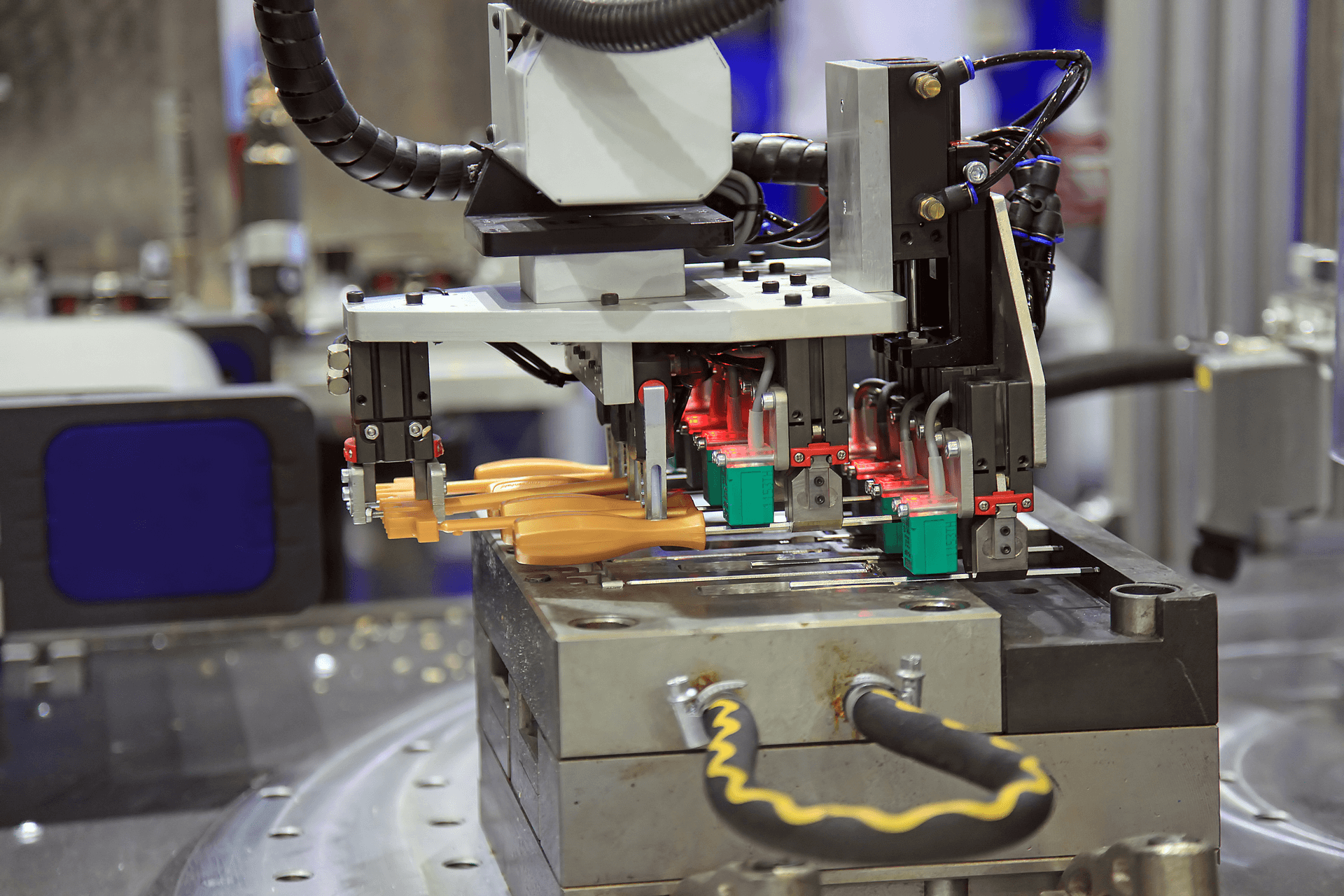Mastering the Art of Plastic Injection Molding: Your Ultimate Guide
Plastic injection molding is a transformative process that has revolutionized the manufacturing industry by enabling the efficient production of complex plastic parts. As businesses increasingly demand high-quality, precise, and consistent components, understanding plastic injection molding services becomes essential for anyone involved in product development. This guide aims to demystify the intricacies of plastic injection molding, providing insights into its benefits, processes, and best practices.
Whether you are a seasoned professional or a newcomer looking to learn more about this crucial manufacturing technique, mastering the art of plastic injection molding can greatly enhance your project outcomes. With a focus on providing the necessary understanding of plastic injection molding service s, this guide will equip you with the knowledge to make informed decisions and elevate your manufacturing capabilities.
Understanding Plastic Injection Molding
Plastic injection molding is a manufacturing process used to produce plastic parts in high volumes. The process involves melting plastic pellets and injecting them into a mold, where they cool and solidify into the desired shape. This technique allows for the creation of complex geometries with high precision, making it a popular choice across various industries, from automotive to consumer goods.
One of the key advantages of plastic injection molding is its efficiency. Once the mold is created, the production cycle can be extremely fast, often taking only seconds to complete each part. This rapid production capability makes it ideal for mass production, allowing companies to meet large-scale demands while maintaining consistency in quality. Additionally, the ability to use a wide range of materials, from thermoplastics to thermosets, opens up numerous possibilities for product design and functionality.
Another important aspect of plastic injection molding is the role of design considerations in the molding process. Factors such as wall thickness, draft angles, and ribbing must be carefully planned to ensure successful molding and minimize defects. Working with experienced designers and mold makers can significantly enhance the manufacturability of a part, leading to cost-effective production and improved product performance. Understanding these intricacies is essential for anyone looking to utilize plastic injection molding service effectively.
Choosing the Right Injection Molding Service
When selecting a plastic injection molding service, it's crucial to consider their experience and expertise in the industry. Look for service providers with a proven track record and a solid reputation for delivering quality results. Companies with years of experience can often anticipate challenges and offer innovative solutions tailored to your specific needs. Checking client testimonials and case studies can provide valuable insights into their capabilities and reliability.
Another important factor is the range of services they offer. Some companies specialize in certain types of plastics or industries, while others provide a more comprehensive approach. It's essential to ensure that the service you choose can accommodate your project requirements, whether it's rapid prototyping, low-volume production, or high-volume manufacturing. A versatile provider can adapt to your changing needs and help scale production as necessary.
Pricing is always a consideration when choosing a plastic injection molding service. While the lowest price may be tempting, it is essential to evaluate the overall value being offered. Consider factors such as material costs, production lead times, and post-processing services. A provider that offers a competitive price alongside high-quality service and efficient production processes can ultimately save you time and money in the long run, making them a better investment for your project.
Tips for Successful Injection Molding Projects
To ensure the success of your plastic injection molding service, it is crucial to collaborate closely with your mold maker and material suppliers. Early communication regarding design specifications, material choices, and production volumes can identify potential challenges and streamline the process. This proactive approach helps prevent costly delays and adjustments later in production.
Another key aspect is optimizing your design for manufacturability. Consider the geometry of your parts and how they will be produced. Features like wall thickness, draft angles, and undercuts can significantly impact the manufacturability and longevity of your molds. Simplifying designs where possible will not only improve the molding process but also reduce costs and lead times.

Finally, effective quality control measures must be implemented throughout the injection molding process. Regular inspection and testing of samples can catch defects early, ensuring that the final products meet the desired specifications. Establishing clear quality standards with your manufacturing partners will help maintain consistency and improve the overall success of your projects.